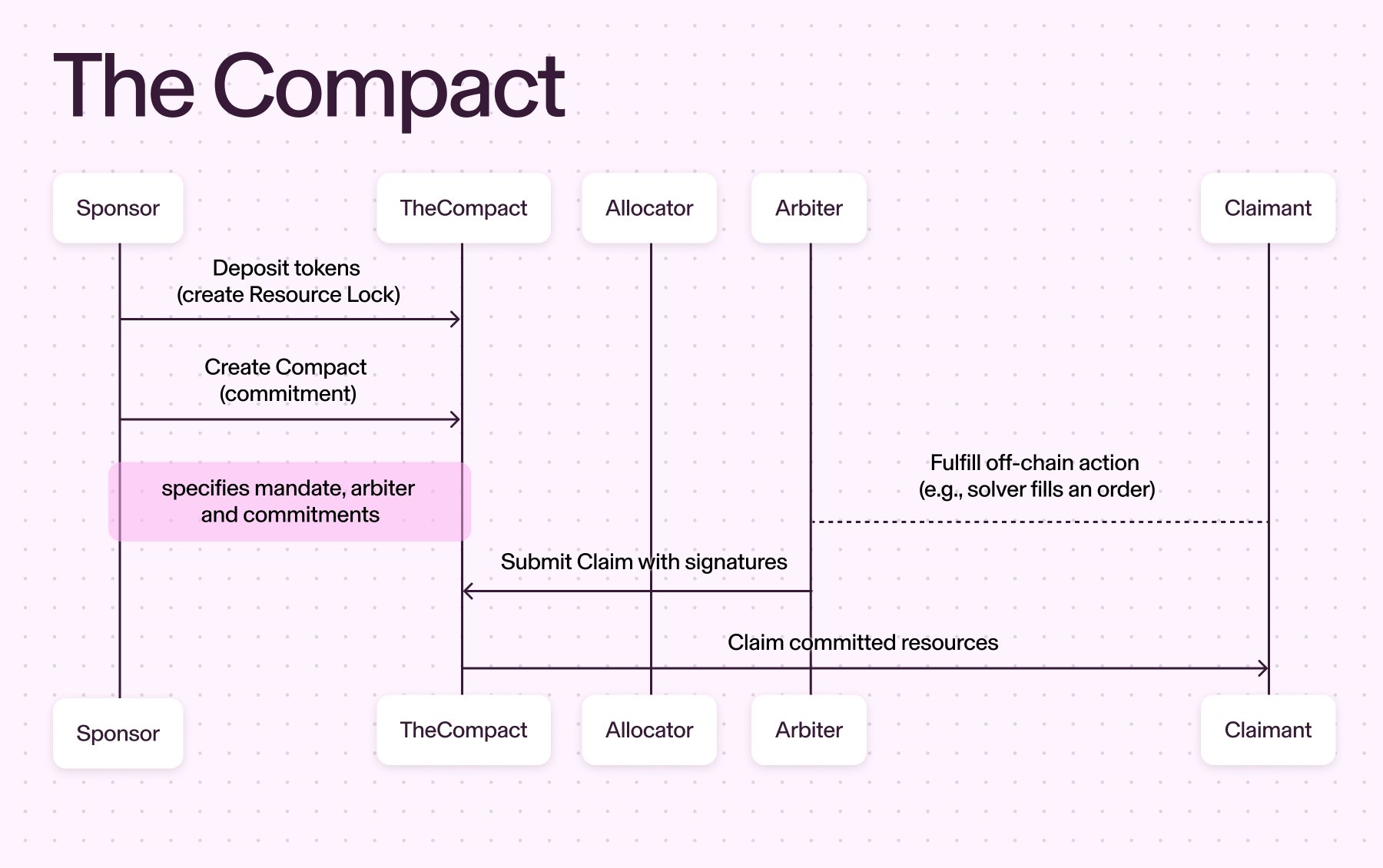- Uniswap Labs has unveiled a new system to make cross-chain interactions secure and frictionless.
- The Compact introduces a shared mechanism to inhibit fragmentation across decentralized platforms.
- The new feature could change how assets and projects interact in the blockchain industry.
Uniswap Labs has revealed a key move towards solving one of the main challenges in decentralized finance (DeFi) – interoperability – which means communications or interactions between different blockchains.
The decentralized trading protocol has announced The Compact, an open-source contract system aiming to make applications and digital assets interoperable.
The Compact is an open-source composable smart contract system that enables seamless crosschain interoperability
Here’s how it works 🦄 pic.twitter.com/QgY1MRL13X
— Uniswap Labs 🦄 (@Uniswap) October 8, 2025
That means users can move apps and assets from across various chains without risky or complicated workarounds.
Generally, The Compact allows users to “commit” tokens for specified actions, like cross-chain operations or swaps, while retaining control.
It is an innovative way of locking assets securely while allowing them to move credibly and freely across different platforms.
The official blog indicated:
The Compact enables secure cross-chain settlement through a system of reusable Resource Locks and programmable commitments. When sponsors deposit assets, they create ERC6909 tokens representing those locked assets, which remain under the sponsors’ control.
Meanwhile, Uniswap’s new release might transform how decentralized applications interact with each other.
Rather than each project creating its escrow solution or bridge, The Compact offers a shared platform that all developers can utilize, adapt, and trust.
Fixing a fragmented space
The current DeFi landscape comprises hundreds of blockchains, sidechains, and rollups, each boasting its own standards and tools.
These fractures create substantial challenges.
For instance, developers might find themselves rebuilding similar infrastructure.
Also, users have to juggle several wallets, while others deal with trapped tokens after using incompatible systems.
Uniswap Labs seeks to fix that using The Compact.
With this framework, individuals can access a common set of tools when managing value across chains.
That means protocols can offer cross-chain functionalities without surrendering decentralization or security.
Why does The Compact matter?
DeFi projects have struggled to communicate without a collective framework.
Each protocol has had to create a bridging system or escrow, which leads to user friction, rigid trust models, and fragmented liquidity.
The Compact introduces the missing piece in the puzzle.
With the new system, developers on the Uniswap blockchain can remove the complexity of an asynchronous environment.
Users can enjoy simple and declarative compatibility without bridges or wallets.
The team declared:
With The Compact, developers can finally offer simple, declarative interactions where users never have to navigate the underlying complexity without building new infrastructure that risks ecosystem fragmentation.
UNI price outlook
Uniswap’s token has struggled in the past few sessions, despite broader market rallies.
UNI is trading at $7.88 after losing nearly 20% of its value the previous month.
The coin has consolidated the previous week, and prevailing sentiments suggest a possible breakout to the upside.

Overcoming the resistance around $8.40 could support UNI recoveries to $12 and $18 amid extended broad-based surges.
The post Uniswap (UNI) introduces “The Compact” to power seamless cross-chain interoperability appeared first on CoinJournal.






